Every season has a designated ‘stand out’ and head-turning colour- one that dominates in our stores, screens, and social media feeds.
Last summer, it was somewhat an orange-peach colour, a bit of nude, and in the previous year – all shades of green were flooded in stores.
In this Winter/Autumn season 2025 -you guessed it- the colour is burgundy. It is the perfect colour for the cold and windy season with its trench coats, leather jackets, handbags, and nails for the ladies. But every colour just makes sense for the season right? I have always been fascinated by how all the influencers are seamlessly chasing the ‘next big hue.’ With all the unsolicited influence, we can’t help but buy the clothing offered by these clothing brands. But, let’s try to understand the colour schemes- that are decided by all these unconnected designers and brand strategists- producing the same universal shades in all stores.
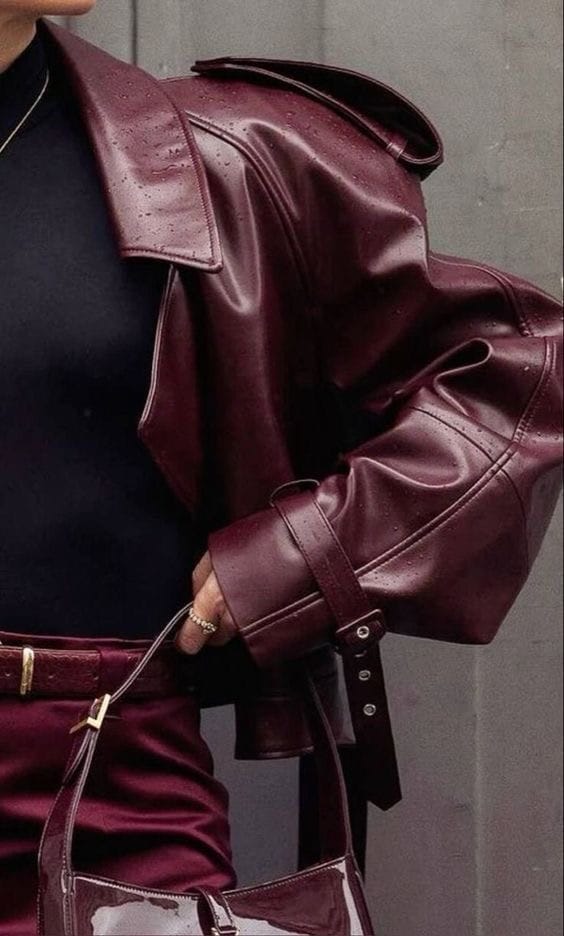
The truth is, there’s a lot that goes into curating seasonal colour palettes but this can be simplified to better understand this fashion system we are part of.
To point something very obvious out is the colour season trend and the influence on consumers. Fast fashion offers global colour trends that everyone is in the loop with but we need to understand that colours are not finite.
Colour forecasting is cyclical- what you might think is trendy and then not the next time you go shopping, will definitely appear in the next five years or so, just in another shape or form. As consumers, we get tired of seeing the same colour in shops and because of that, they get removed and retired; when we move through the seasons and appears again, it looks great.
Designers often follow institutions like Pantone and the Fashion Colour Trend Report. According to Envato, colour and trend forecasters predict colour trends that designers will follow. Hilary Tailor, a brand consultant and a colour and trend forecaster, attests to this. Working with Pantone’s colour committee, she says that they produce what they call a Pantone colour planner for companies to apply to their products. The book comes out twice a year- for the Spring/Summer seasons as well as the Autumn/Winter seasons. They also work ahead of time by forecasting palettes for the following years. Although this seems a little bit broad, let’s see how South Africa operates and where its designers draw their inspiration from, or rather, how they produce colours that would be pleasing to the public.
South African designers interpret colours and materials through a local and culturally rich lens, considering the country’s cultural diversity. Like David Tlale for example, a fashion veteran whose roots influence his taste in the fashion industry. His brand draws inspiration from school uniforms to township fashion like the Hippies, the Amazion, and ZCC church attire. Additionally, the MaXhosa Africa, founded by Laduma Ngxokolo, deeply rooted in the Xhosa culture, which surprisingly began as a thesis project to create knitwear for Xhosa initiates, caught the nation’s eye and evolved into a luxury lifestyle brand. Now while these famous brand designers consider the African heritage, cultural colours, climate and landscape, some designers working in the fast fashion industry also pay attention to global trends and do analyse the Pantone Colour of the Year, and Fashion Colour Trend Reports.
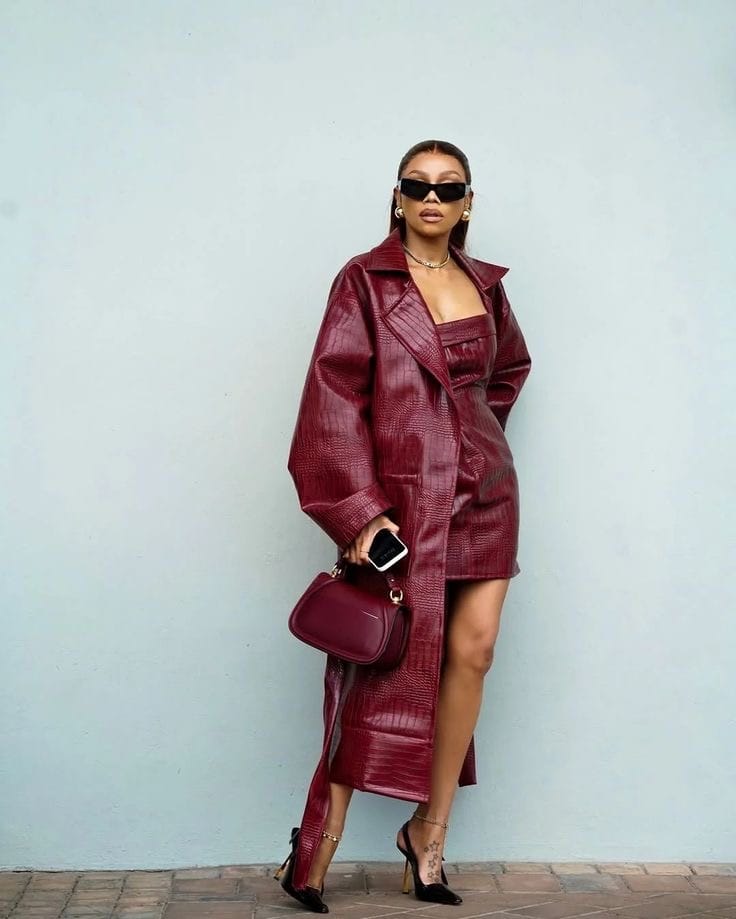
Coming back to the gist of this interesting discussion of global colour trends and influence, we might also consider the more conservative, and consumers that just appreciate simplicity and stick to one tone when shopping. Some people really may not like the colour an item is presented in, so there are universal regular colours like white, black, and grey. Burgundy gives off a classy, luxurious, powerful yet warm vibe, but the racks will be cleared for the next season. Colours are entrenched in trends, and to shy away from that, consumers thrift some of their clothing items.
While high-fashion influencers do their job by giving exposure and selling brands to their audience, thrift stores quietly offer a timeless, more common colours that just never go out of touch. Thrifting is definitely not a lost art- a more archival, ‘backward trend’ in shopping never goes out of fashion. These clothing stores carry items that were once in the public’s interest- pieces still in good condition, ready to be worn and appreciated again.
While our fashion world follows the fast fashion and its colours, thrift stores offer a timeless and more personal approach to styling vintage pieces that were once honoured and palatable. This form of shopping opens the consumer to a more independent position to envision their outfits with a single item. It basically puts you in the spotlight because as the saying goes these days: there’s wearing something ordinary and then there’s styling an item, shaping it into your personality and how you would want to appear.
Thrifting does not follow trends so it allows you to tap into your individuality and preference that would possibly be a life-long signature than the trends that go out of fashion with the season. Interestingly, thrifting does not just mean second-hand clothing, but it also entails store rejects from our fast fashion giants like Zara, Cotton-On, Mango and international brands that we are not familiar with, and you find they are still fairly brand-new. Not only are you bound to stand out in a crowd because you will be wearing something not everybody is wearing In the current trend quo, but you will be getting good quality clothing at an affordable price.
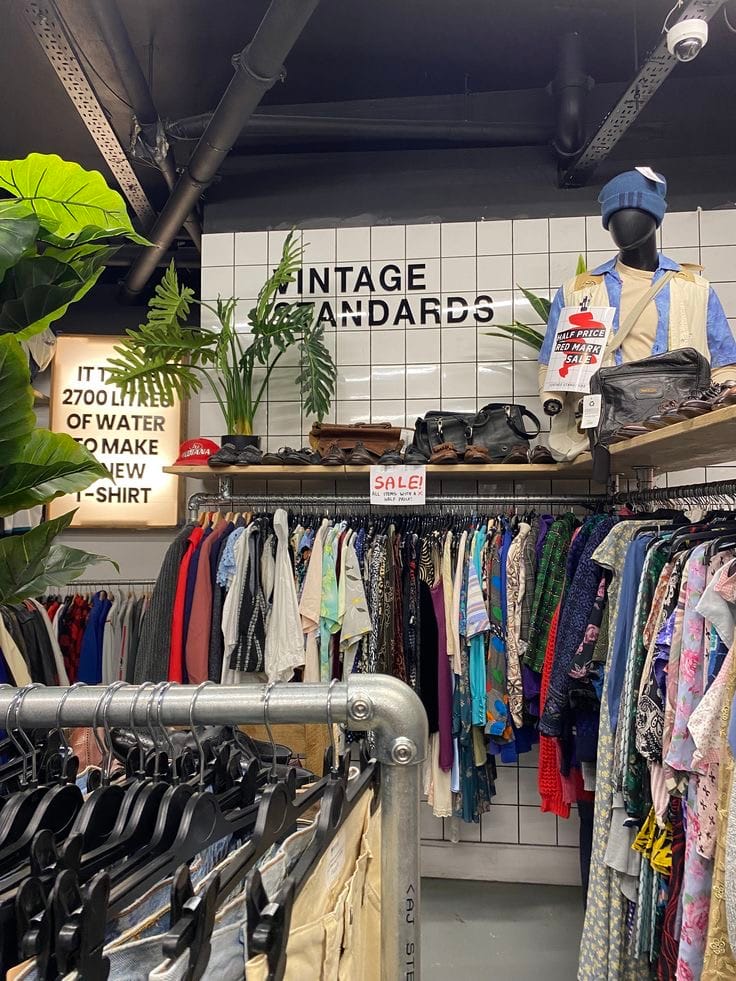
Thrifting offers sustainability, uniqueness, and sometimes, nostalgia.
Colour trends do not really matter in the thrift culture. But let us not pretend like influencers are not doing what needs to be done in the fashion world- the influence is really magnetic. All we see on Pinterest, Instagram reels and Tiktok are the ‘in’ colours and outfits. People who appreciate the thrift culture can use their influence from the socials to gain inspiration on what to purchase.
Some might not have the means to walk into Cotton On or Foschini, but thrift gives them the privilege to be on the same level and class as their influencers. While thrift stores take a different route and stand out in the fashion trend flock, the colour trends and outfits seen on socials can enable people to purchase long overlooked pieces and finally find an owner. That burgundy blazer and boots that have been passed in the racks and shelves can finally get flaunted. Colour trends can be avoided to an extent, and maybe this could be used as a realisation that we do not throw out pieces just because they do not conform to the fashion standard anymore, because trust, they will make their return sooner or later.
Colour trends are such a thing in the fashion space, whether it be matching the summer vibe or the cold winter, consumers purchase regardless. While some are exposed to the fast fashion stores, fashion lovers who love affordability and authenticity can find their signature style and be creative in the pre-loved section, considering the colour element as well.
Nounouche Contributor: Kamogelo Mathebula




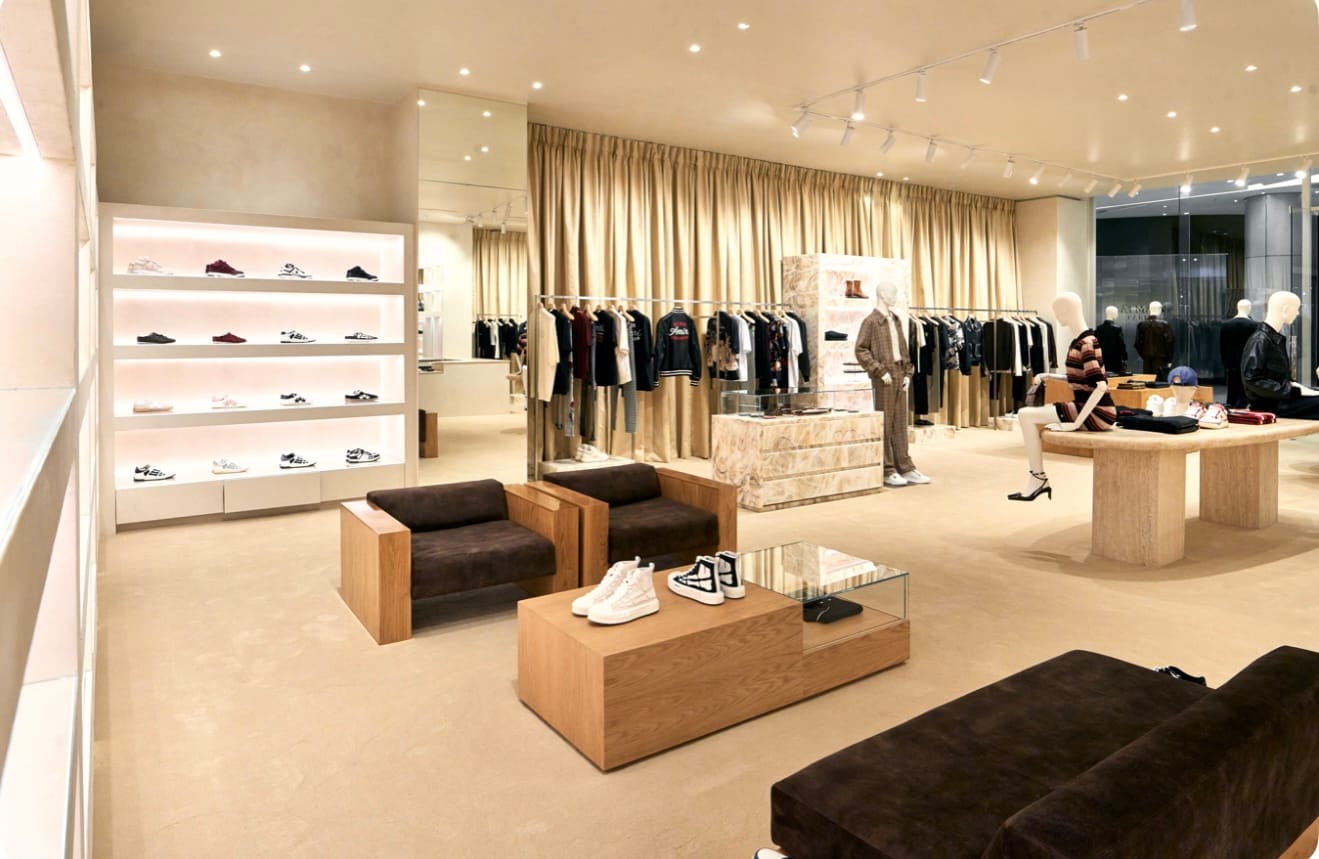
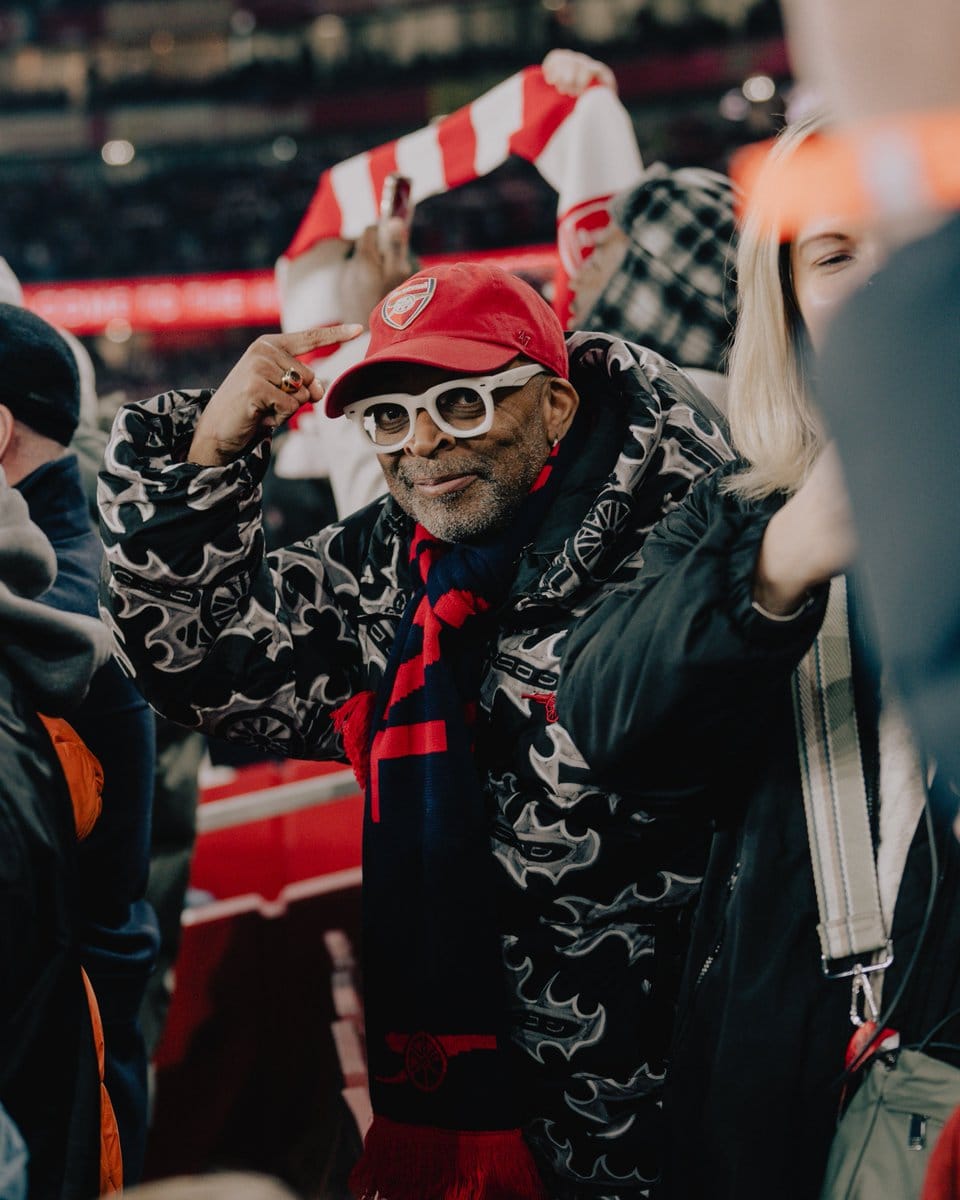
No Comments